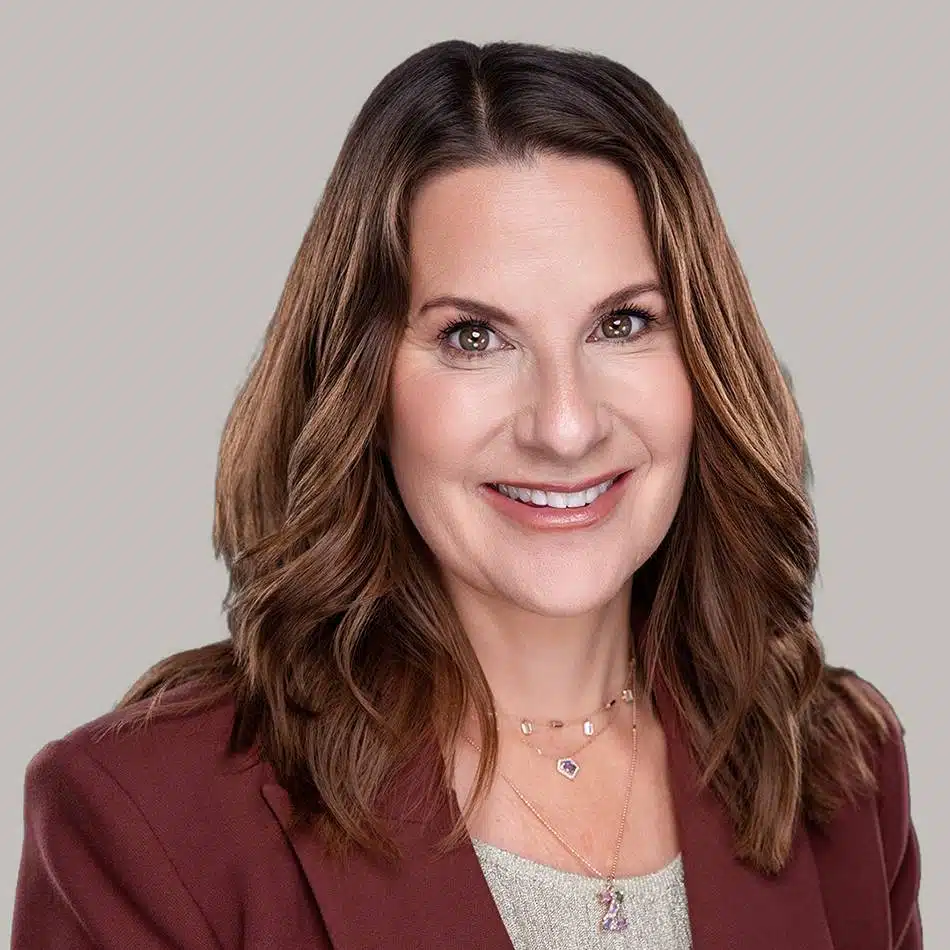Industry: Healthcare & Life Sciences
Role: Sales & Marketing
In Frederick Reichheld’s 1993 HBR article, “Loyalty-Based Management,” he shares a simple but powerful idea that still holds true more than 30 years later: loyal customers spend more, refer others, and cost less to serve. Said differently, delighting existing customers can be just as valuable for business as acquiring new ones.
To most leaders, this concept makes perfect sense. Yet, nine times out of ten, we see organizations seeking out sales leaders to drive revenue and deliver top line growth without considering the addition of a client success leader. With the best of intentions, companies are pouring resources into new logo acquisition while delaying investment in customer success. Only after rapid growth, when churn becomes a problem, do organizations realize that delivering on the value proposition can be just as challenging as selling it.
The critical question to ask here is why? Why do organizations delay investing in customer success, when time and again the function proves essential for driving the business to the next level of growth? To unpack this, we spoke with two seasoned commercial leaders, Renya Spak, Chief Growth Officer at Well, and Evelyn Goodfriend, Chief Customer Officer at Strive Health, about when to build a client success function and what they wish they’d known sooner.
When is the right time to invest in a senior client success leader?
As companies move from founder-led delivery to scaled operations, determining the right time to bring in a senior client success leader is both strategic and situational.
“Revenue and client count can be useful benchmarks, but the clearest sign it’s time to hire a senior client success leader is when the founder is still in the weeds [delivering the product] and it’s starting to slow down growth or create inconsistency. The opportunity cost of having founders or executives tied up in day-to-day delivery is high—it pulls focus from strategy, sales, and scale.” —Renya Spak, Chief Growth Officer at Well
“You can always argue that earlier is better. [At Strive] we had enough mature contracts to start thinking about renewals. You want a seasoned leader in place before renewals hit—someone with the gravitas to manage complex contracts and sit confidently across from the customer.” —Evelyn Goodfriend, Chief Customer Officer at Strive Health
All growth-oriented organizations face a critical inflection point when they shift from founder-led delivery to a more structured, scalable approach to product delivery. The most successful companies don’t wait for churn or internal breakdowns to prioritize customer success—they invest early to maintain momentum and protect future revenue.
What mistakes do early-stage companies make in structuring client delivery?
Early-stage companies often misstep by focusing on relationships over results, or by assuming that one-size-fits-all feedback can be a blueprint for scale. Adept customer success leaders will help organizations uncover and navigate uncomfortable truths that ultimately accelerate value creation.
“One of the most common mistakes is assuming early client feedback—or customization requests—are representative of the broader market. Companies may bend their roadmap or delivery model too far to accommodate the preferences of a few customers, believing it will help them scale. In reality, this can lead to a patchwork solution that’s hard to maintain, misaligned with market fit, and slow to deliver. Similarly, not investing early in systems or customer health metrics leads to missed insights and a reactive posture. Great delivery doesn’t just retain clients—it fuels upsell, referrals, and market credibility.” —Renya Spak, Chief Growth Officer at Well
“You have to be willing to stare at the hard truths from the customer’s perspective — you have to want the feedback. It is not always easy for the organization to hear: we have great relationships, we showed up well, but they don’t like the results. You are missing the point if you aren’t asking very hard questions about performance… The client success executive needs to be able to call the organization to action—sit at the table with senior leaders from the client and understand what is happening.” —Evelyn Goodfriend, Chief Customer Officer at Strive Health
Customer success is about more than delivering on promises—it’s about building scalable, repeatable systems that turn customer insight into action. Without a strategic customer success leader in place, organizations risk developing blind spots that stall growth and dilute market fit.
How does customer success reshape internal dynamics and external outcomes?
Customer success leaders sit at the intersection of sales, operations, and client expectations, which requires adeptly managing competing priorities to drive optimal outcomes for the business.
“Oftentimes, the client success executive has to insert themselves in the final stages of new logo negotiation, and this can cause internal tension. What are you signing us up for and can it be delivered? It is an art form to balance the tension between sales who want new logos on the board and what operations can deliver on a reasonable timeline. An effective client success leader can balance both. A lot of companies try to ignore that tension, but it is real and it’s needed to achieve the next level of growth.” —Evelyn Goodfriend, Chief Customer Officer at Strive Health
Strong client success leaders don’t just retain accounts—they align the company around the customer, ensuring every new logo becomes a long-term, high-value relationship.
For earlier-stage, investor-backed businesses, the case for investing early in a customer success leader is about accelerating value creation. Unlike more mature enterprises with established infrastructure, these companies are racing against the clock to scale efficiently. A seasoned customer success executive brings structure and accountability to the post-sale experience—ensuring the company isn’t just winning customers, but growing with them. By embedding customer success into the commercial strategy from the outset, leadership teams can unlock a powerful growth lever: driving renewals, upsells, and referrals that don’t require costly acquisition spend. Ultimately, investing in customer success isn’t a nice-to-have—it’s a strategic imperative.
Insights in your inbox
Stay up to date on the latest trends and insights shaping the executive search landscape from JM Search’s Blog.

